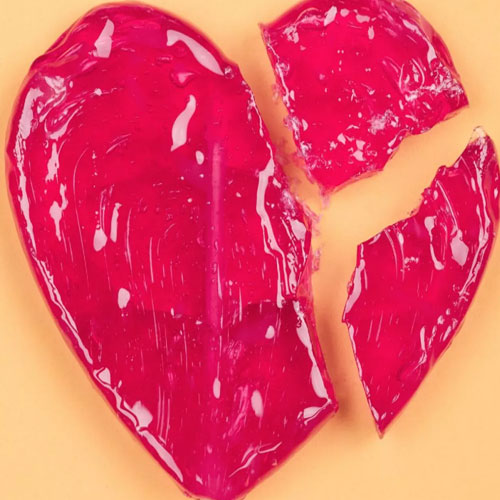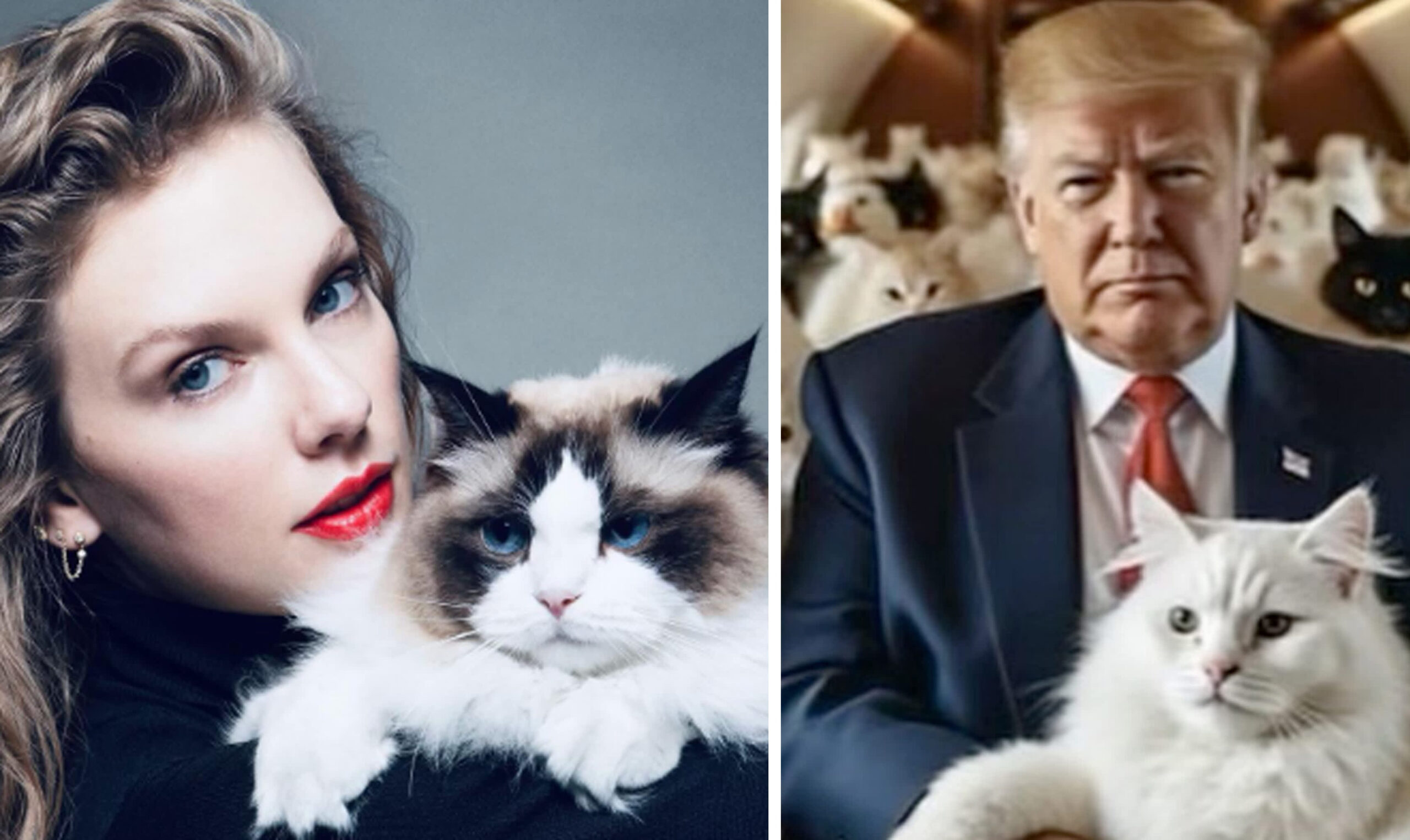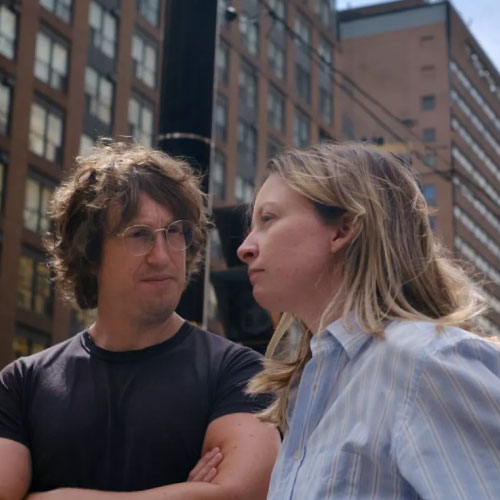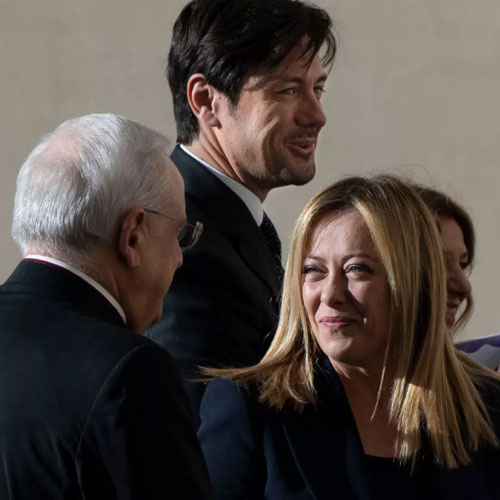It’s been just over a decade since dating apps took over our phone screens but signs suggest most people are growing tired of traditional digital dating and are starting to look elsewhere for love, like apps which match mutual interests.
Movies would have us believe that falling in love happens in lifts, Ikea showrooms, on top of the Empire State Building or aboard doomed ocean liners; eyes meeting and life pausing as everything suddenly slots into place to the swell of a swoony soundtrack.
While the world is indeed a bubbling pot of chance connections, many of today’s great love stories hope to humbly begin via a mobile phone screen.
Once an intriguing novelty, dating apps came to prominence in the early 2010s, with two of the most popular, Tinder and Bumble, emerging in 2012 and 2014 respectively.
n a long term relationship throughout my twenties, I instead observed their rise from the sidelines, listening to my friends speak excitedly about matches, and watching them swipe through images of men as casually as contemplating kettles in a catalogue.
It was a strange but refreshing thing.
When my dad met my step-mum through Match.com in the mid-aughts, he blush-faced lied to people that they’d bumped into one another at a work conference. Any past stigmas have largely been erased with the ubiquity of the apps, a presence on which is now an expectation for singletons.



